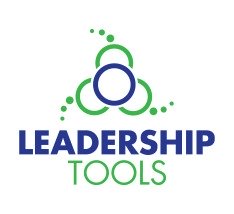Intercultural-Communication
Intercultural-communication tools: use to communicate more effectively with diverse groups


Donna Rae Scheffert is a facilitator, trainer, and strategic planner. She works with groups to support their high performance. Scheffert brings over 30 years of experiences as a University specialist, consultant, and local leader.
Sometimes a group can move forward once they understand that some people prefer an oral communication style over a print one and vice versa.
Oral and Print Intercultural-Communication Styles
“Communication is the source of all misunderstanding.” Juan Moreno
When you are in a situation where intercultural-communication is required, remember that some people prefer ORAL and others prefer PRINT mediums.
Oral culture is attuned to the five senses and emphasizes interconnections with people. Most messages are passed person to person. Indirect communication may be favored, with coded messages of third parties.
“Saving face” is valued in the oral culture. (Beegle, D., 2006)
In contrast, members of print culture learn to process and analyze information into categories and classifications.
Codes are used extensively and many messages are written and communicated indirectly. Direct communication is often used, as well as direct (even negative) feedback.
Characteristics of Oral Culture
Information – When information is needed, it is sought from people that one can identify with.
Spontaneous – It is normal to have multiple conversations at once, and to focus on lots of ideas at once.
Present-oriented – Oral culture is in tune with the “here and now.”
Repetitive – Storytelling and repetition is important to the conversation.
Emotive – Emotions and feelings are shown readily, and private details are disclosed. Physical reaction within communication is expected.

Characteristics of Print Culture
Knowledge – Knowledge is seen as being available outside of oneself. One steps back and thinks abstractly about situations. Print culture relies on experts and books.
Focus – One idea at a time is considered, and other data is shut out. Emotions and data are separated.
Future-oriented – There is a strong focus on the future, and there is an ability to strategize, organize and delay gratification.
Time – Controlling time is the priority, and time is structured with a “first this, then that” thought process. “To do lists” are used.
Self-restraint – Personal emotions are separated and disconnected from the situation. Emotional or physical expressions or personal stories are not shared until the other person is known and trusted.
Links to More Information
Dr. Donna Beegle, Communication Across Barriers
Intercultural-Communication

Leadership Tools
Trustworthy Source of Facilitation, Training, Strategic Planning
Donna Rae Scheffert
809 Mayflower Ct.
Northfield, MN 55057
Let me assist you and your organization. Call me at 612.360.4484
